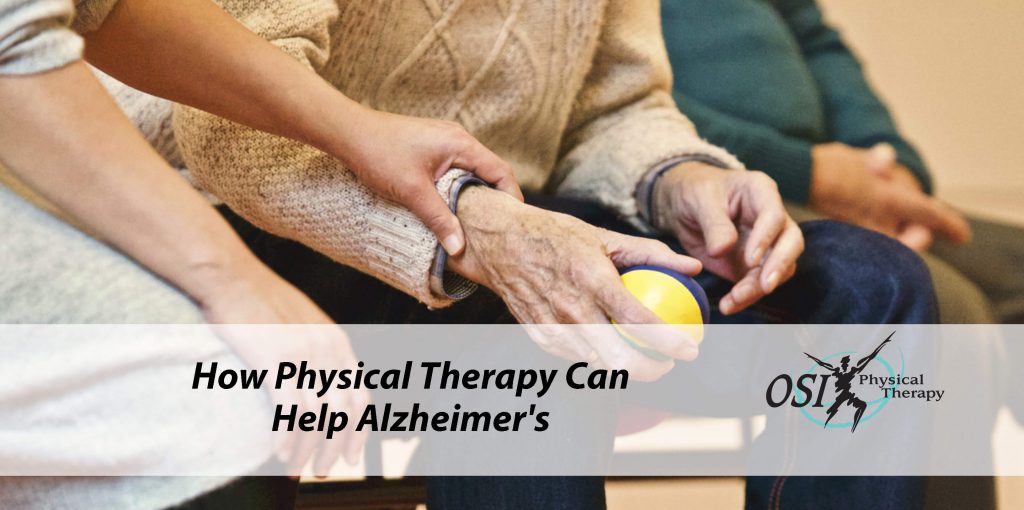
Physical therapy might not be your first thought after an Alzheimer’s Disease diagnosis, but research shows that with the right therapy, patients can see improved memory, delay the onset of dementia, and delay the decline in ability to perform daily tasks.
In the very early stages of Alzheimer’s, the physical therapists are mainly focused on keeping patients mobile and help them continue conducting their daily tasks in their home and communities. In the later stages, they strive to help patients to keep doing their daily activities for as long as they can, which can help family members and caregivers.
Physical therapists can help instruct the family and caregivers on how to provide a safe living environment and successfully manage the needs of their loved ones. The hope is to improve the quality of life and delay the need for consistent care in a facility.
The therapists will use several techniques to help patients:
FREE PHONE CONSULTATION: (651) 275-4706